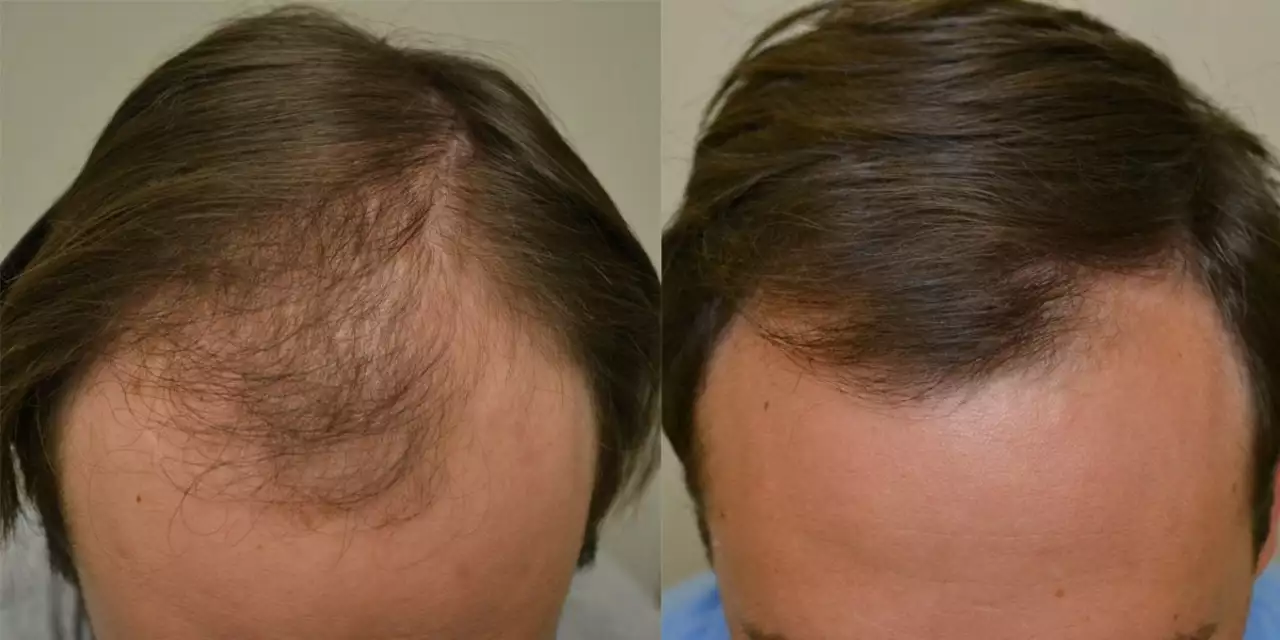Introduction to Finasteride
As a blogger who is always seeking to provide the most relevant and up-to-date information on various topics, I am very excited to discuss the future of Finasteride. Finasteride is a medication that has been widely used for treating hair loss, particularly in men. It has been around for quite some time, and over the years, researchers have continued to study and improve its effectiveness. In this article, we will delve into the latest developments and research regarding Finasteride, and what the future might hold for this popular hair loss treatment.
Understanding How Finasteride Works
Before we discuss the future of Finasteride, it is essential to understand how it works to treat hair loss. Finasteride is a 5-alpha reductase inhibitor, which means it blocks the conversion of testosterone to dihydrotestosterone (DHT). DHT is the hormone responsible for male pattern baldness, and by reducing its production, Finasteride can slow down or even reverse hair loss in some cases. This mechanism of action has been well-studied, and it is the foundation upon which new developments and research are built.
New Developments in Finasteride Formulations
One of the most significant new developments in Finasteride research is the creation of novel formulations. Researchers are continually exploring new ways to deliver Finasteride more effectively and with fewer side effects. Some of the latest advancements include topical formulations, such as gels and creams, which can be applied directly to the scalp. This not only increases the convenience for users but also minimizes the risk of systemic side effects associated with oral Finasteride use.
Combination Therapies for Enhanced Results
Another exciting area of research is the development of combination therapies that incorporate Finasteride with other hair loss treatments. One example is the combination of Finasteride and minoxidil, another popular hair loss treatment. Studies have shown that using both medications together can produce better results than using either one alone. Additionally, researchers are investigating the potential benefits of combining Finasteride with other therapies, such as low-level laser therapy (LLLT) and platelet-rich plasma (PRP) treatments.
Exploring the Genetic Basis of Hair Loss
As our understanding of genetics continues to expand, researchers are examining the role that genetic factors play in hair loss and its response to Finasteride treatment. By identifying specific genes that influence hair growth and loss, scientists may be able to develop more targeted and personalized therapies for individuals experiencing hair loss. This could potentially lead to better treatment outcomes and fewer side effects for those using Finasteride or other hair loss treatments.
Finasteride for Women: A Growing Area of Research
While Finasteride has primarily been used to treat male pattern baldness, there is a growing interest in its potential applications for women experiencing hair loss. Studies are currently underway to determine the safety and efficacy of Finasteride in treating female pattern hair loss. If these studies yield positive results, we could see an expansion of Finasteride's use to treat hair loss in women, providing them with a new treatment option.
Addressing Finasteride Side Effects
One of the key concerns surrounding Finasteride use is the potential for side effects, including sexual dysfunction. Researchers are continuously working to better understand the relationship between Finasteride and these side effects, as well as develop strategies for minimizing or preventing them. This includes investigating the optimal dosing and duration of treatment, as well as potential alternative therapies that may offer similar benefits with fewer risks.
The Role of Nutrition and Lifestyle in Hair Loss Treatment
As with many health conditions, nutrition and lifestyle factors can play a significant role in hair loss and its treatment. Researchers are exploring the ways in which dietary and lifestyle changes, such as improving diet quality, increasing physical activity, and managing stress, can enhance the effectiveness of Finasteride and other hair loss treatments. By adopting a more comprehensive approach to hair loss treatment, individuals may be able to achieve better, more sustainable results.
Conclusion: The Future of Finasteride
In conclusion, the future of Finasteride is bright, with numerous new developments and research efforts underway to improve its efficacy, safety, and versatility. From novel formulations and combination therapies to a deeper understanding of genetics and the role of lifestyle factors, the field of hair loss treatment is continually evolving. As a blogger, I am excited to continue following these advancements and sharing them with you, so we can all stay informed and make the best decisions for our hair health.


Manish Mehta
May 7, 2023 AT 06:29Muzzafar Magray
May 8, 2023 AT 07:48Renee Williamson
May 9, 2023 AT 10:41Okechukwu Uchechukwu
May 10, 2023 AT 00:30Sarah Cline
May 11, 2023 AT 01:47Sierra Thompson
May 12, 2023 AT 02:12Khaled El-Sawaf
May 12, 2023 AT 13:42Nawal Albakri
May 12, 2023 AT 21:13Megan Oftedal
May 14, 2023 AT 12:39robert maisha
May 15, 2023 AT 16:01Musa Aminu
May 16, 2023 AT 01:51